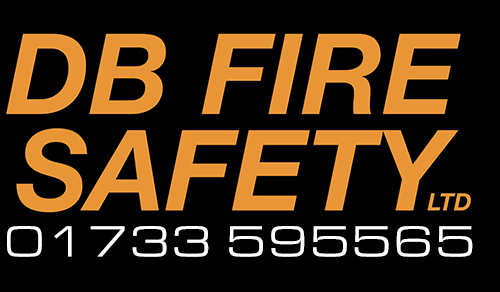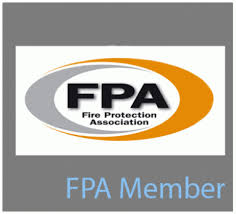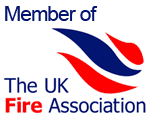Recent surveys of solicitors’ offices have highlighted a number of issues that could have a serious adverse effect on staff and visitors in the event of a fire.
David Black, of DB Fire Safety Limited, has observed Server Rooms with no automatic fire detection, fire doors being wedged open, combustible waste being placed immediately next to printers and missing ceiling tiles.
Holes in walls and ceilings mean that the room is not contained. Holes will allow fire to spread throughout the building to a much greater extent than if the room was confined, thus placing occupants in potentially greater danger.
A fire door that’s wedged (or propped) open is likely to remain open when evacuating a building. Fire doors are designed to hold fire back for a minimum of 30 minutes when closed. Fire doors should also be installed with fire-rated hinges and rebated with intumescent strips and cold smoke seals. In general, a fire door should be installed to comply with Building and Fire Regulations. There are, however, suitable devices available that will hold a fire door open whilst still allowing it to close automatically in the event of a fire alarm activation.
Printers operate at extremely hot temperatures. If paper jams inside the machine and catches fire, any combustible items placed alongside are also likely to catch fire; again placing employees in danger.
A fire risk assessment carried out by a professional company such as DB Fire Safety will highlight any of the above issues and will provide suitable resolutions.







